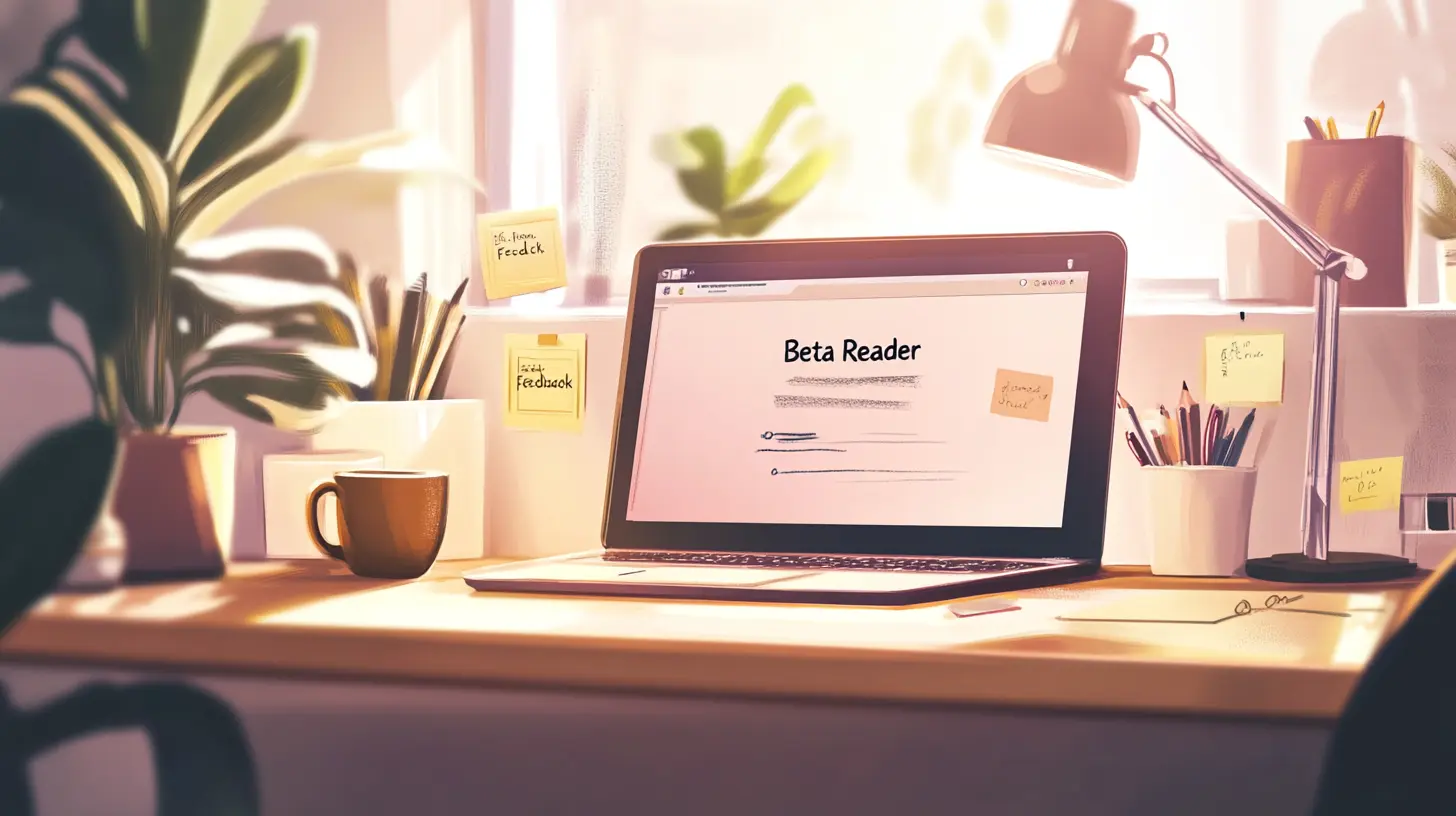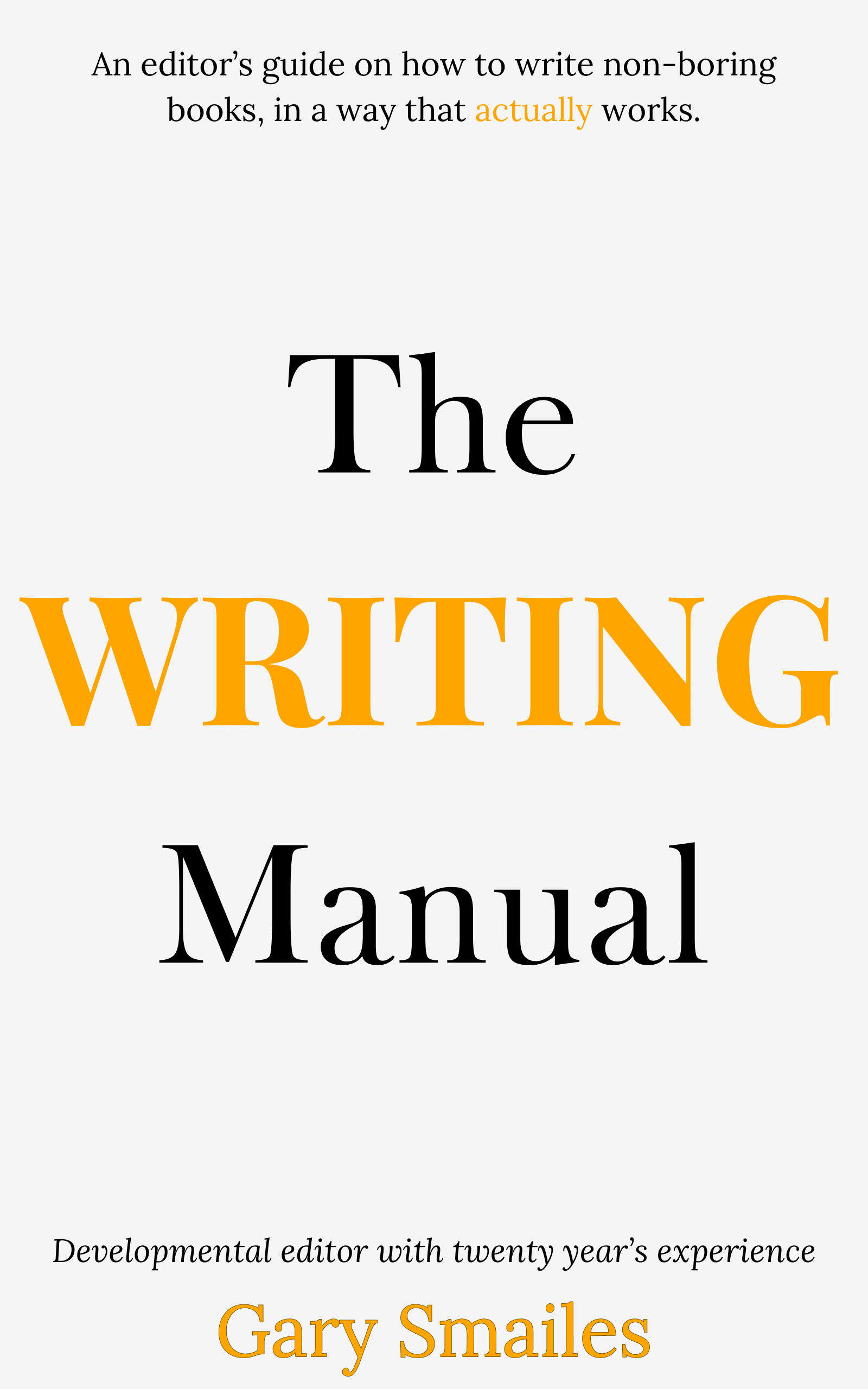



Writing a book is quite the adventure, isn't it? Sometimes, you just need a fresh pair of eyes to help polish your manuscript. That's where beta readers come in. But who are these folks, and when should you bring them into your writing process? Let's dive into the role of beta readers, the best times to get them involved, and how they can really make your manuscript shine.
Table of Contents
Definition and Role:
Beta readers are basically your everyday readers who give feedback on your manuscript before it's all wrapped up. Unlike professional editors, they're all about the reader's experience, sharing thoughts on story elements, character development, and how engaging the whole thing is. Their feedback is like gold when it comes to understanding how your target audience might see your work. Think of them as the bridge between you and your readers, making sure your story hits home.
Beta Readers vs. Professional Editors:
Both beta readers and professional editors are super important in the writing process, but they do different things. Beta readers focus on how the story feels to them, while editors are all about the nitty-gritty like grammar, structure, and style. Beta readers care more about the emotional journey and the story's impact, whereas editors make sure everything's polished and up to snuff with industry standards.
Value of Non-Professional Feedback:
Getting feedback from real readers who are your target audience is a big deal. Beta readers can offer insights that might slip past professional editors, helping you see how your story connects emotionally with readers. This feedback can show if your plot twists are surprising, if your characters are relatable, and if the pacing keeps folks hooked. These insights are key to crafting a story that not only entertains but also really resonates with your audience.
Ideal Stages in the Writing Process:
Beta readers are most helpful after you've got the first or second draft of your manuscript done. At this point, the story's developed enough for meaningful feedback, but still flexible for changes. If you bring them in too early, you might get feedback on stuff that's still changing, and if you wait too long, you might miss the chance for big improvements.
Post-Draft Benefits:
Getting beta readers involved after a draft is finished lets them look at the story as a whole. They can spot plot holes, inconsistencies, and areas that need more work, giving you a full view of your manuscript's strengths and weaknesses. This kind of feedback is priceless for making smart revisions that boost the story's coherence and impact.
Polished Manuscript Importance:
It's important to give beta readers a pretty polished manuscript. This way, they can focus on the content and story elements without getting sidetracked by grammar mistakes or typos. A clean draft lets beta readers dive into the narrative and give more focused feedback. By cutting down on distractions, you help them zero in on the story's emotional and thematic elements, which can be the toughest to nail down.
Fresh Perspectives:
Beta readers bring new insights that you, as the author, might have missed. They can point out plot holes, highlight inconsistencies, and suggest tweaks that make the story better. This fresh perspective is especially valuable for spotting things that might be too familiar to you, like overused tropes or predictable plot twists.
Emotional and Motivational Support:
Besides feedback, beta readers can offer emotional and motivational support. Their encouragement can keep you engaged and inspired during revisions, reminding you of the potential impact your story can have. Knowing your work resonates with others can be a powerful motivator, especially when revisions get tough.
Gauging Reader Engagement:
Beta readers help you see how well your manuscript grabs and holds reader interest. Their feedback on pacing, tension, and character development can guide you in making tweaks that boost reader engagement. Understanding how readers interact with your story lets you fine-tune elements that might disrupt the flow or lessen emotional impact.
Matching Target Audience:
Picking beta readers who match your intended audience is crucial. Their feedback will be more relevant and useful, helping you tailor your manuscript to meet reader expectations. Think about factors like age, interests, and reading preferences when choosing beta readers to make sure their insights line up with your target demographic.
Diversity in Selection:
Having a diverse group of beta readers gives you a wide range of perspectives and insights. This diversity can uncover different interpretations and reactions to your story, enriching your understanding of its impact. A varied group of beta readers can highlight cultural nuances, challenge stereotypes, and offer alternative viewpoints that enhance the story's depth and authenticity.
Approaching Potential Beta Readers:
When reaching out to potential beta readers, craft a compelling request and set clear expectations. Explain what you're looking for in their feedback and how their insights will contribute to the manuscript's development. Be transparent about the time commitment and the type of feedback you need, whether it's focused on specific elements or a general overview.
Evaluating and Prioritizing Feedback:
Once you get feedback, take a good look at it. Look for common themes and prioritize actionable suggestions that fit your vision for the story. Not all feedback will be relevant, so it's important to figure out which insights will really enhance your manuscript.
Handling Conflicting Feedback:
Conflicting feedback is pretty common, and it's important to trust your instincts while considering reader input. Weigh the feedback against your goals for the manuscript and make decisions that best serve the story. Remember, you're the ultimate authority on your work, and while feedback is valuable, it shouldn't compromise your creative vision.
Maintaining Writer's Voice:
While incorporating feedback, it's crucial to keep your unique voice and style. Revisions should enhance the story without compromising your creative vision. Strive to maintain the authenticity and originality that make your work distinct, even as you refine it based on reader insights.
Bringing beta readers into your writing process can be a game-changer. By getting them involved at the right stage, you gain valuable insights that boost your manuscript's quality and reader appeal. Embrace beta readers as a vital resource for improving your work and connecting with your audience. As you start your next writing project, think about seeking out beta readers to guide you on your journey to creating a compelling and engaging story. Their feedback can be the key to unlocking your manuscript's full potential, ensuring it resonates with readers and leaves a lasting impact.
A beta reader is a non-professional reader who provides feedback on a manuscript before it is published. Their role is to offer insights from a reader's perspective, focusing on elements like plot, character development, and overall engagement. They help authors understand how their target audience might perceive the story.
Finding beta readers can be done through writing communities, social media groups, and online platforms dedicated to connecting authors with beta readers. Websites like Goodreads, Reddit, and writing forums are great places to start. It's important to choose beta readers who match your target audience to get the most relevant feedback.
Beta readers are typically unpaid, as they are often fellow writers or avid readers who volunteer their time in exchange for a free copy of the book or a reciprocal beta reading. However, if you choose to hire a professional beta reader, rates can vary widely, so it's important to discuss expectations and compensation upfront.
While both beta readers and editors provide feedback on a manuscript, their roles differ significantly. Beta readers focus on the reader's experience, offering insights on story elements and emotional impact. Editors, on the other hand, are professionals who address technical aspects like grammar, structure, and style to ensure the manuscript meets industry standards.

Claim your free eBook today and join over 25,000 writers who have read and benefited from this ebook.
'It is probably one of the best books on writing I've read so far.' Miz Bent